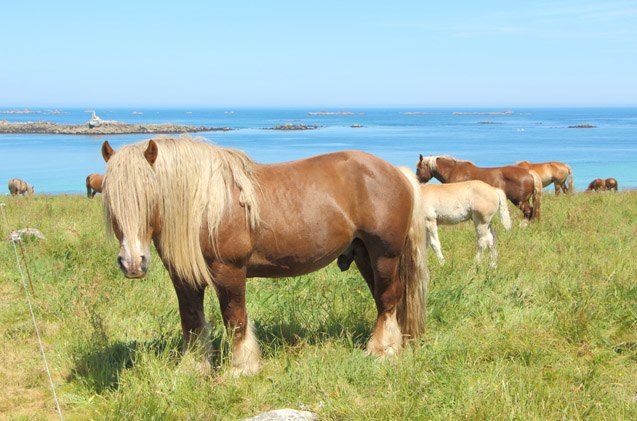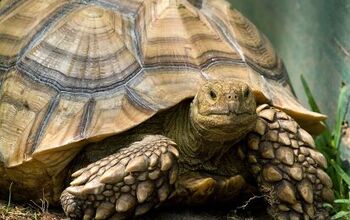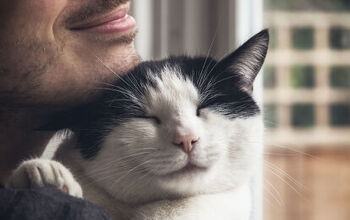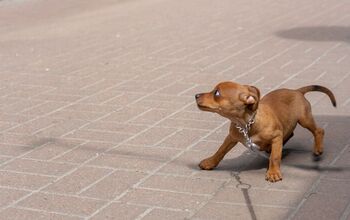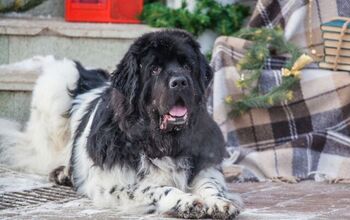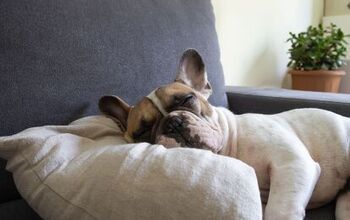Breton Horse


About Breton Horse
The Breton Horse is a breed of draft horse from Brittany, which is a province located in northwest France. But this breed has an unclear history when it comes to its origins. A few theories have been put forth about the first Breton, and it is believed that the breed dates back thousands of years. It is also thought that the first Breton horses were taken to Europe by humans who migrated there. Others theorize that the breed was actually developed by Celtic warriors, and that the breed came from steppe horses used by Celtic people. Beyond all of that, it is believed that the Breton was created by crossbreeding several Oriental and European equine breeds.
During the Middle Ages, the Breton horse was sought-after for military use, and the breed was divided into two types. Those types were the Roussin and the Sommier. The Roussin was the version of the Breton that was developed from the Bidet horse, and it featured a body that was more slender. On the other hand, the Sommier was the pack horse of North Brittany in France.
The Breton is a draft horse from France.
As the breed was further developed, three subtypes of Breton horses came about, and each one hails from a different part of Brittany, France. The Postier Breton is known for having a large body, a great gait, and a refined conformation. The Heavy Draft Breton, or Breton Draft, is more muscular and bulkier. And the Corlay Breton, or Central Mountain Breton, is the shorter type, as well as the one that’s considered the true ancestor of the breed.
Through the years, the Breton was crossbred with Boulonnais, Percheron, and Ardenness horses. Since the 1930s, however, stricter breeding programs have been used to prevent crossbreeding. Also, even though a studbook for the breed was created in 1909, it was closed in 1951.
Breton horses are typically calm, kind, friendly, easygoing, and talented. They are also known for being lively, adaptable, willing, and noble. All of these characteristics make these horses wonderful companions who are easy to train and easy to work with.
Because these horses are versatile and sturdy, they can be used for a wide range of purposes. For example, the smaller horses could be used for light draft work, while larger Bretons could be used for agricultural work. Some people use these horses to pull coaches, while others use them for pleasure riding. And these horses are also bred for their meat in certain countries.
Breton horses are friendly and easygoing.
The Breton horse is an attractive breed that has a few defining characteristics. For example, the legs, which are feathered, can be described as muscular and short. The back is also short but it is broad.
The chest is wide and muscular, and the withers are also muscular. The shoulders are sloping and long, and you will also note a sloping croup, well developed hooves, and broad joints.
The neck of the Breton horse is short, well set, and strong, and the nose could be dished or straight. The head is medium in size and well proportioned, and it features a wide forehead.
Breton horses are talented and can be used for a variety of tasks.
Two of the most commonly seen colors in the Breton horse are red roan and blue roan, but you could also find Bretons that feature a chestnut coat with a mane and tail that are sand colored. And you could even find Breton horses sporting coats that are bay roan, bay, gray, and chestnut.
As is the case with any other equine breed, regularly grooming your Breton will be an important step in keeping him happy, healthy, and looking great. Plus, grooming is a great time to bond with your horse.
When your horse is too dirty for a basic brushing session, you could bathe him using a gentle shampoo that is formulated specifically for use on horses. But whether you shampoo your horse or not, every grooming session should involve checking the hooves thoroughly for infections and injuries, as well as cleaning the hooves of dirt and debris using a high quality hoof pick.
To brush your Breton horse, you will need a few different tools. For example, you could use a curry comb to remove dirt and debris from your horse’s coat with ease, especially if you use the comb in circular motions. Then you could use a dandy brush to remove even more debris that you might have missed, and you could clean sensitive areas like the head and the lower legs using a body brush. Brushes specifically designed for use on the tail and mane will make it easier to remove tangles and keep your horse looking beautiful. And a simple soft cloth that has been moistened with some water could allow you to clean the sensitive areas near the eyes and ears. By the time you are done, your horse’s coat should be sleek, shiny, and soft.
Photo credit: aurelie le moigne/Shutterstock; Gena Melendrez/Shutterstock; sainthorant daniel/Shutterstock

Lisa Selvaggio is a freelance writer and editor, and our resident cats-pert, with certifications in pet nutrition and pet first aid. She enjoys producing content that helps people understand animals better so they can give their pets a safe and happy home.
More by Lisa Selvaggio



